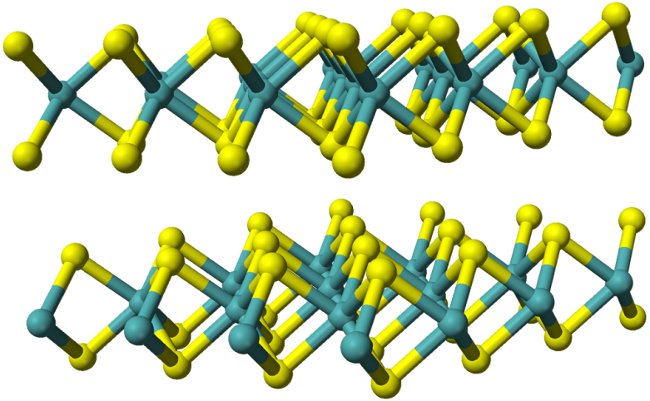Nanofilm turns salt water into super efficient freshwater
American engineers invented a new way of filtering seawater, which filters salt water up to 70% higher than graphene, which could solve the freshwater crisis in the long run.
New method to filter seawater into effective fresh water
"The Earth is a planet full of water, but there is very little drinking water , " said Professor Narayana Aluru, a professor of mechanical engineering and engineering at the University of Illinois, who led the study. "If we can find a cheap seawater filtration method, we can solve the water crisis."

MoS2 membrane filters water.(Photo: Mohammad Heiranian / University of Illinois).
According to Sciencealert, new materials allow water molecules to pass through tiny holes, called "nanopores" and block salt and other contaminants. This is a thin film, thickness of nanometer, made of molybdenum disulphide material (MoS2) , with nanopores. Molybdenum (Mo) is a very hard and silver-white transition metal. This membrane has the most effective effect of filtering saltwater among today's thin films, 70% higher than graphene.
MoS2 can meet the above requirements, both in terms of energy saving and operating costs of the desalination system. The normal desalination process is based on the reverse osmosis principle when passing seawater through a thin plastic film. However, this approach has some disadvantages.
The microphone size of membranes is still too large compared to nano (1,000 times), meaning that it is necessary to push the seawater flow to a larger pressure, requiring more energy to operate. They are also easily clogged, increasing maintenance costs.
With MoS2 nanomembranes , seawater can pass more easily, reducing or losing all of these disadvantages. In addition, according to the molecular structure MoS2, the Mo atom at the center will absorb water, while the sulfur (S) will push in the same direction, causing the water speed to pass through the nanopore.

MoS2 crystal structure.(Photo: The American Mineralogist Crystal Structure Database).
"It combines the chemical properties of MoS2 and the geometry of nanopore. As a result, we do not need to function nanopore holes, the process is extremely complicated with graphene membranes , " said Mohammad Heiranian, lead author. of the study said.
Researchers will shake hands with manufacturers to bring this technology to life. They are confident that they can mass produce on an industrial scale. The research is published in the October 14 issue of Nature Communications.
- The culprit made the
- The oven distilled clean water thanks to the sunlight
- Solve global shortage of freshwater
- Should I drink diluted salt water early in the morning?
- Can saltwater fish survive in fresh water?
- Salt water reduces arthritis pain
- Visit the seawater turning factory into the world's largest freshwater
- Gargle with salt water: Many mistakes need to be removed
- 13 common health problems can be treated with salt
- Does salt actually make water boil faster than usual?
- The miracle machine uses ambient air to filter the water
- Salt separation technology: Israeli
 Daily use inventions come from universities
Daily use inventions come from universities Special weight loss device helps prevent appetite
Special weight loss device helps prevent appetite 8 inventors were killed by their own inventions
8 inventors were killed by their own inventions Iran invented a motor car powered by water
Iran invented a motor car powered by water